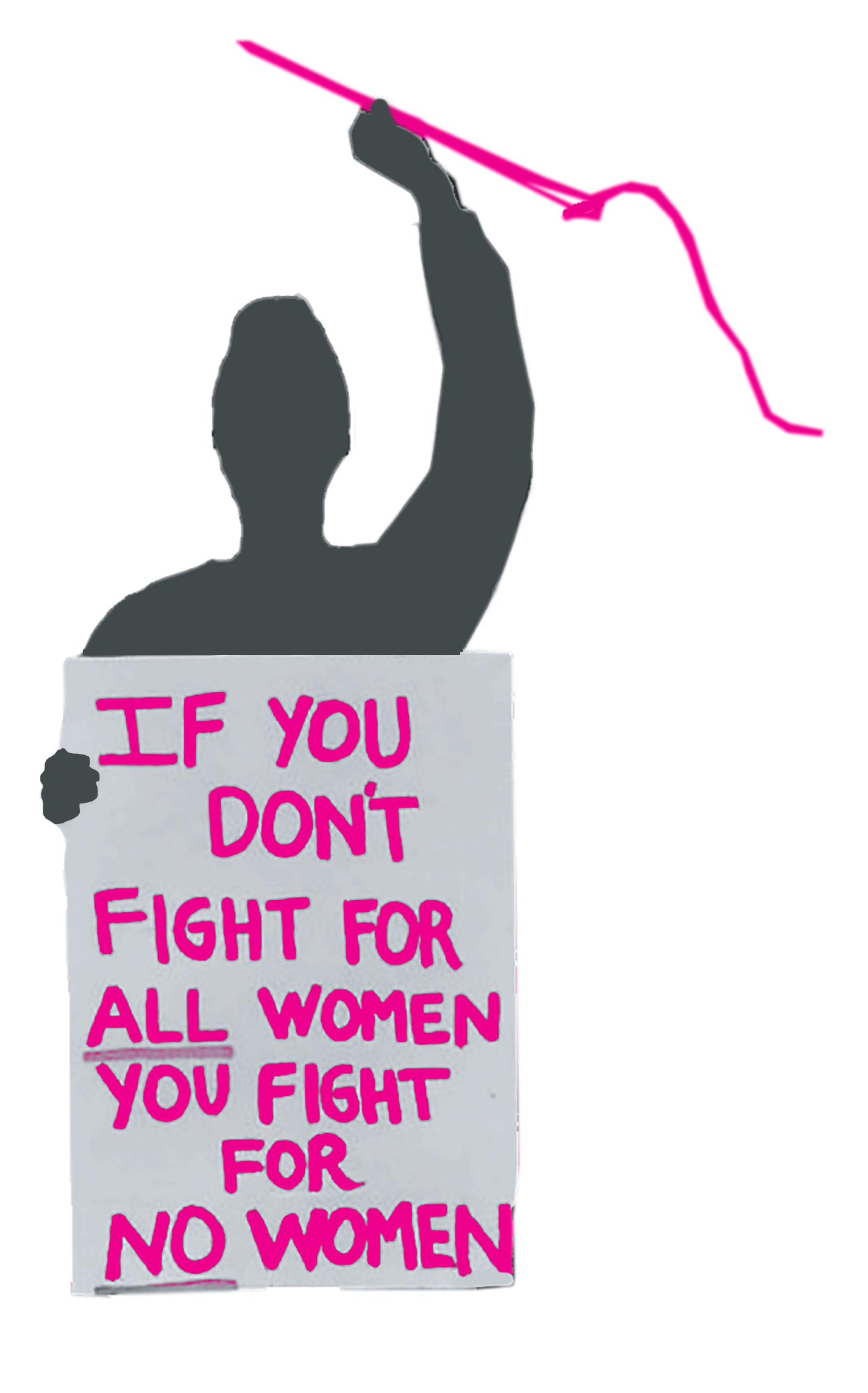One of the more exciting innovations in recent years in media studies is the repurposing of zines for limited edition scholarly collections. Given the ease with which academic blogging, Facebook, and Twitter have enabled the spread of scholarly (and clearly not so scholarly) ideas, it is refreshing to see scholars experiment with different forms of publication in order to explore how materiality impacts scholarly debate.
Garnet Hertz has been at the forefront of this publishing mode, as the editor of three separate projects: Critical Making 1, Conversations in Critical Making 2, and the recently published Disobedient Electronics 3. In the introduction of that first collection, Hertz says that he generally “think[s] that innovation occurs out of porting your ideas and processes into a field that you’re not familiar with, and actually doing this on a regular basis is a crucial part of practicing inventiveness.” Nevertheless, Hertz reports that the inital 300 copies of Critical Making created “a stack of booklets 18 feet tall weighing about 300 pounds,” that the staples alone cost $160 (the photocopying came in at around $5000) - and that it was overall “a painful amount of work.” 4
I expected that Hertz would never print another homemade book again when I gratefully received my copy of Critical Making in 2013. (I felt more than a little sheepish - but totally thrilled - to ask Hertz for a copy.) Yet, an updated version of the original collection Conversations in Critical Making was published by CTheory Books in 2015, this time without the metacognitive reflection on publication. In a sense, Hertz’s 2017 publicaiton of Disobedient Electronics returns to the form established in the first Critical Making collection. The title page reveals its publication in concise, punctuated phrases: “Protest, First Printing * Handmade Edition of 300 * May 2017 Black & Magenta Inkjet, Machine Sewn Binding”.5 His call for projects, furthermore, describes the production of “300 copies of the finished publication in a zine-like format, and selected contributors will get three free copies: one special ‘contributor edition’ and two standard handmade copies, which I can mail to people of their choice for free. I plan on giving away the remaining copies of the handmade publication to libraries, collections, and people I think are interesting and may have something to add to the conversation.”
In some ways, this review is my contribution to the collection and the conversation, since Hertz was kind enough to send me a copy. As a project, Hertz announces that Disobedient Electronics is “protest oriented or overtly political” and it is built upon a rejection of DIY, maker culture and local artisinal production in the wake of the white nationalist results of the 2016 elections in Britian and the United States. While Hertz still sees the built-object as an opportunity for critical and political intervention, he is even more deeply suspicious of the kinds of assumptions built into amateur making and the figure of the DIY non-expert. He calls for direct action, while also embracing and demuring from the calls to punch Nazis: “design can be how to punch Nazis in the face, minus the punching.” 6
In particular the colors of Hertz’s book draws from the design scheme of the Riot Alliance, a craft-based group of women activists whose “bold color and simple lines” added up to a “visual language that challenged masculine forms of urban design and street art.” The visual language of Riot Alliance is reflected in their use of magenta, which resists the pink-branded activism of, for instance, Breast Cancer marathons. Hertz includes a sticker of the icon associated with The Riot Alliance, a woman with her fist in the air holding a needle and thread. This image is itself drawn off of a photograph disseminated on a 29 January 2017 tweet from the group Feminist Frequency depicting two women in front of the United States capital with their hands up in solidarity. “If you don’t fight for all women, you fight for no women” reads one sign, while the other reads: “Protect: Black, Asian, Disabled, Trans, Fat, Poor, WOMEN.”


The provenance of Hertz’s design reflects his approach to this collection: one that draws off of feminist crafting traditions, connects those traditions to technology, and is dedicated to the political struggles occuring now. Design can include electronics-based work, like Julian Oliver’s “Transparency Grenade,” in which “a tiny computer, microphone and wireless antenna” is hidden within a sculpture mimicking a “Soviet F1 Hand Grenade.” 7 More interestingly, though, Hertz includes several examples of less technologically-sophisticated work in the collection. One is the SP&CE Media Lab’s “Campus Carry Doorbell Wreaths,” a project used to protest the increasingly illogical campus carry laws in Texas with various wreaths that included digital recordings of the words professors must speak if they want to ban handguns from their offices: “Pursuant to Section 30.06, Penal Code (trespass by license holder with a concealed handgun), a person licensed under Subchapter H. Chapter 411, Government Code (handgun licensing law), may not enter this property with a concealed handgun.” 8
The examples of crafting and artistry in Hertz’s collection reinforce his argument that the misogyny and political quietism of maker culture can no longer be ignored after the 2016 election, especially when other traditions exist for protest-oriented crafting. Such potential alternate histories also haunt the publication of AMT: An Office Manual 9 by the Archaeologies of Media and Technology Research Group at the Winchester School of Art. In their introduction, Jussi Parikka and Ryan Bishop emphasize the way the technologies of the office induce certain cultural forms of expression. We’re reminded, for instance, of Vilem Flusser’s suggestion that the typewriter de-emphasizes handwriting and encourages the clicking of type and calculators instead. Even so, Parikka and Bishop’s vision parallels Hertz’s attention to critical modes of materiality when they reject the “teleological triumphalism” often associated with the office and look for “techniques of tactical misunderstanding and misuse, of wrong paths that produce much more interesting meeting agendas than the assumed roles.” 10
AMT: An Office Manual’s interventions are much more subtle than those espoused by the designers in Hertz’s collection. For instance, Darren Werschler’s technical history of the drafting pencil is cut through with Werschler’s own biography of learning to draft by hand, ending with the short aside that all of his training “was industrial/vocational bet-hedging against the chances of my ever going to university, suggesting that the goal of transcending a technical role in the working class was a fantasy, even then.” 11 While the demand for “vocational” outcomes to University courses increases every year, Werschler’s article explores how various attempts to move beyond this type of labor incorporates a sense of capitalist progressivism that’s been undermined by his own so-called success.
Further, Shannon Mattern reminds us that “a desk is never just a desk” but rather “assembles bodies into certain postures, gestures, situations, and potentials for action.” 12 Sunil Manghani repurposes Benjamin’s jetzeit into the contemporary omnipresent space of the office, Crary’s 24/7, in which “there’s nowhere we need go” because the office can be anywhere. 13 Perhaps the most direct intervention comes in the form of Stephen Cornford’s sabotage of a digital camera by breaking the image sensor with the electricity flowing through its flash capacitor. The instructional article begins with an emphatic warning (in all-caps): “RISK OF ELECTRIC SHOCK.” 14 I chuckled a bit as I remembered Frederic Jameson’s old quote: that “[h]istory is what hurts.” 15 Presumably, he wasn’t thinking about electricity.
In all both the AMT collection and Hertz’s Disobedient Electronics trace media and the way ideology is transmitted through objects. More generally, though, their mode of publication explores different ways to conceptualize scholarly impact and the role of publication in disseminating research. Is scholarship something, as Hertz says in his call, to be shared by friends in small, tactical engagements? Or must we, as Parikka and Bishop argue in their introduction to AMT attend to the technologies and clerks performing the work of inscription? In each account of publication, a question about labor emerges. Traditionally that labor was outsourced to University presses and — as activists in the digital humanities and in library sciences have reminded us — these presses often leverage scholarly labor in the form of writing and editing on the University’s dime then resell the fruit of that scholarship back to Universities. This is a particularly problematic situation when Universities (in the United States, at least) are increasingly being funded by undergraduate tuition instead of public dollars. I can’t pretend that these interventions are an answer to this giant question that has plagued Universities when considering their relationship to research. On the other hand, I particularly enjoyed the ethos of both collections. Knowledge isn’t just something to be calculated in journal metrics or library dollars, but might also be passed around, among friends and colleagues, just for the benefit of sharing and learning something new.